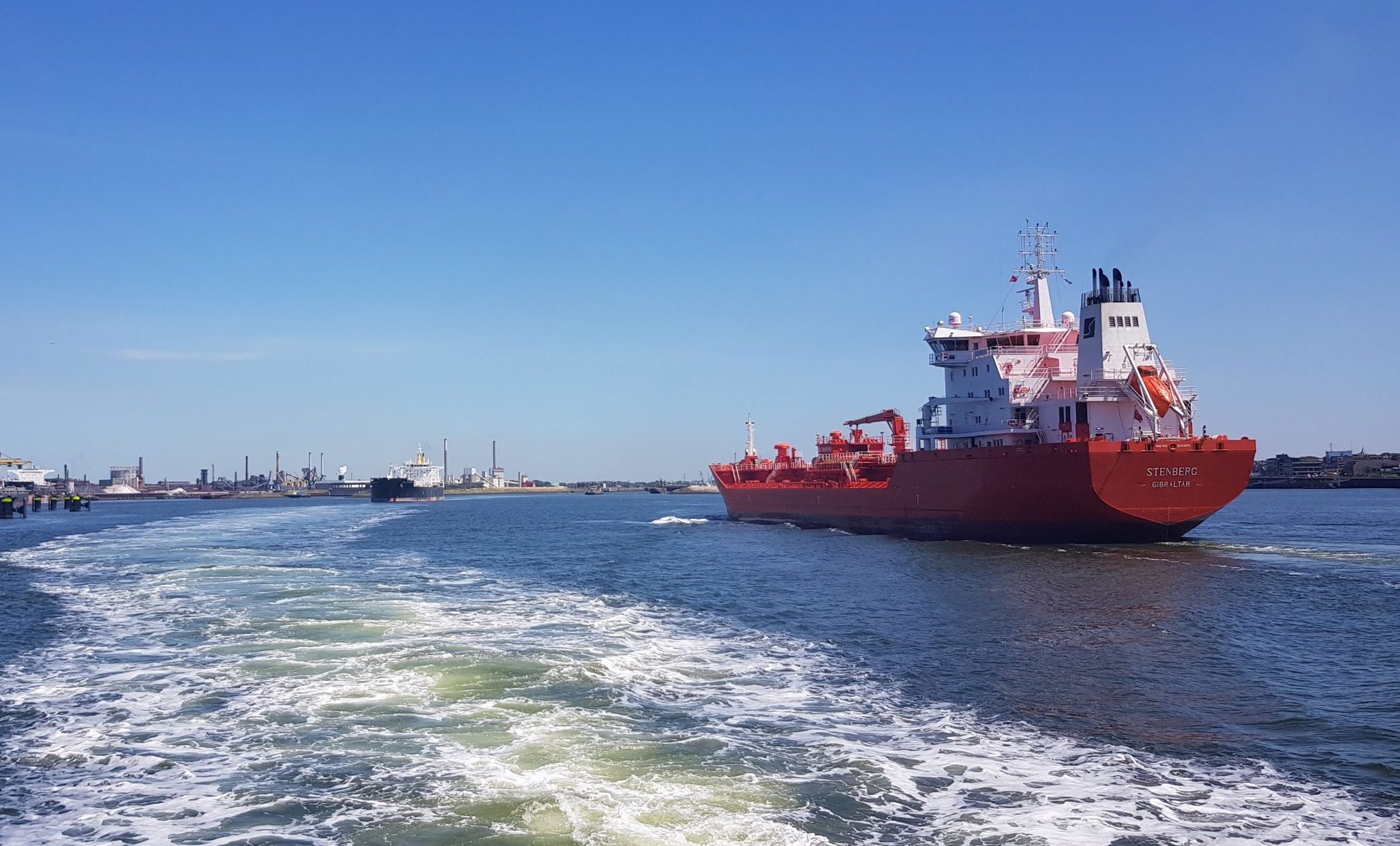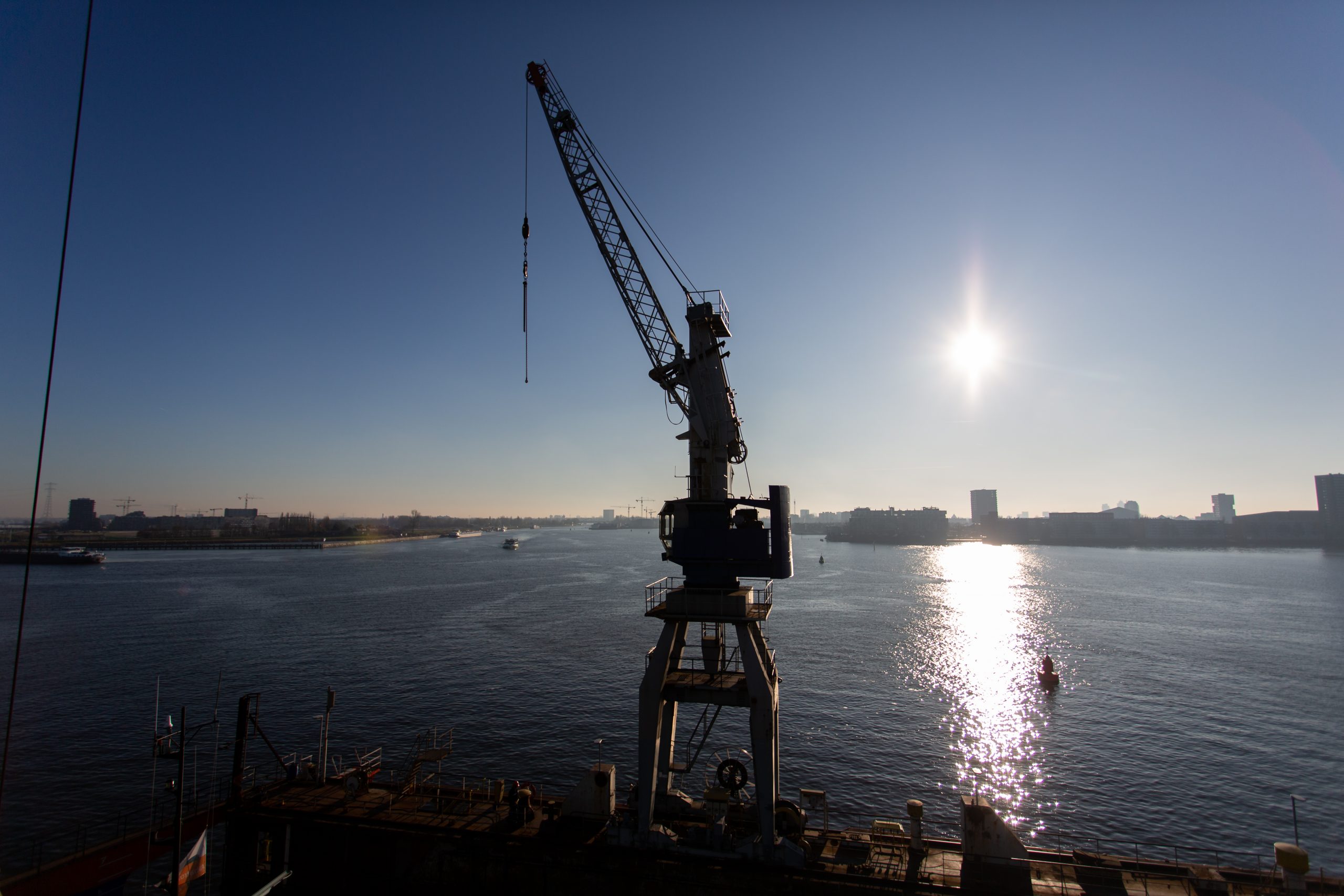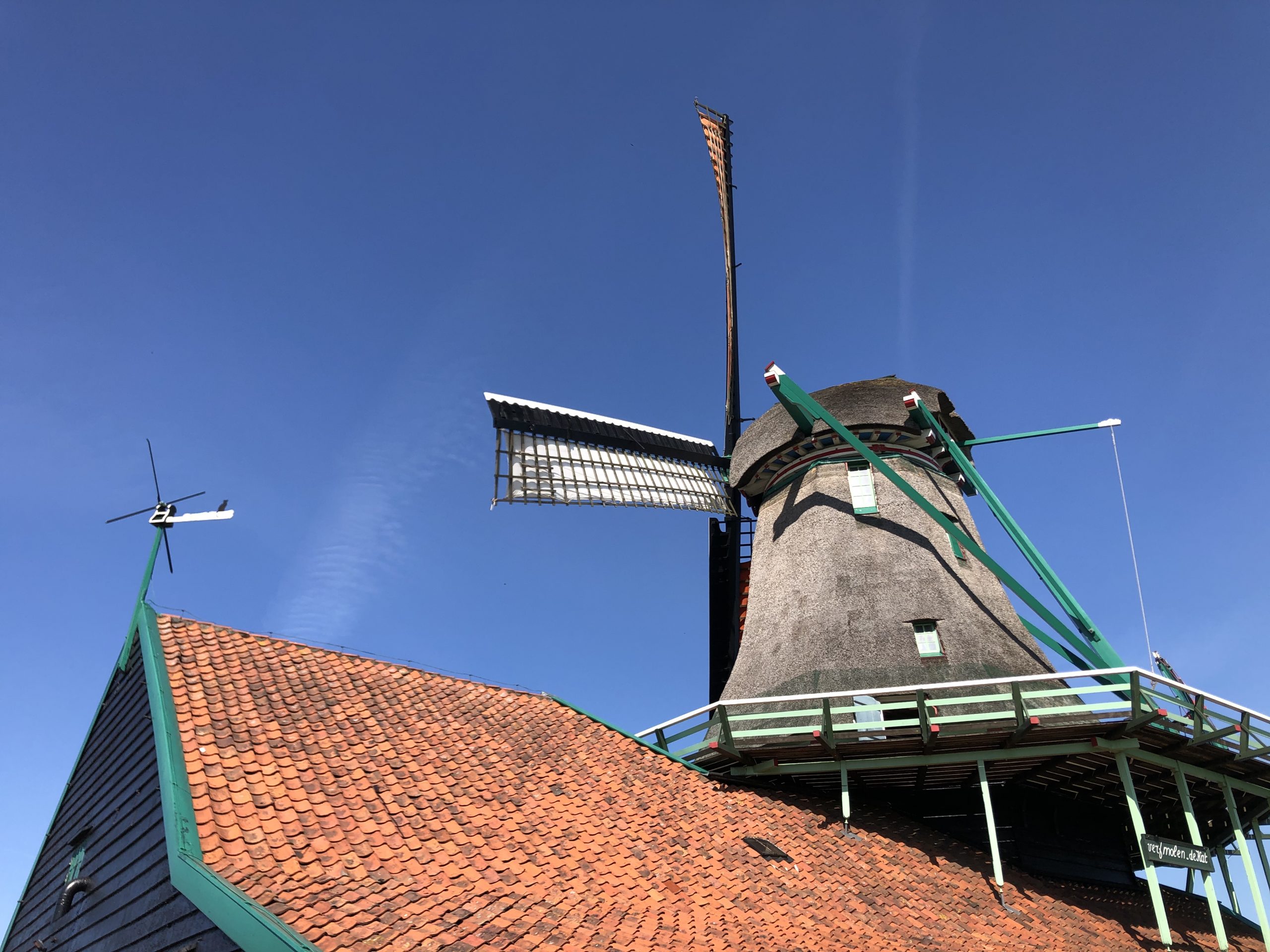The Amsterdam port is an inseparable part of the city of Amsterdam. It has made the city great in part due to its location, knowledge and composition of activities. In the coming years, the port will undergo a major transition in order to provide the city with clean energy as the ‘battery of the region’. How? By reducing the use of fossil fuels. And by focusing on more sustainable and circular activity. The port also offers space for the growing city as a place to live and work.
The Amsterdam port
The port of Amsterdam is an international center of trade, logistics and production. Strategically located on the North Sea, connected to the Amsterdam-Rhine Canal and therefore close to major European markets and production centers.
The port has been a source of work and prosperity for the region for eight centuries. In addition to being a modern logistics center, the port area is an important location for a number of important basic industries, such as metal, food and the chemical industry. We also see growing activity in the ‘manufacturing industry’: a number of renowned large shipyards are building and renovating large sea-going vessels. As they have actually been doing for centuries, since the construction of VOC ships.
In short, a port to be proud of! And we are just as proud to take you on board and show you the harbor.

Coal-free in 2030
There are plenty of alternatives on the market for generating electricity. As a result, the port authority is preparing for a coal-free future from 2030.
Despite the transition to new energy sources, fossil fuels will continue to play an important role for the time being. The existing oil terminals continue to invest in sustainability and the cleanest possible transshipment of oil by means of new techniques. Thanks to the knowledge and infrastructure of these companies, investments can be made in the processing of sustainable energy flows and biofuels.
The energy transition
In order to make the port work and produce more cleanly, a circular production & energy transition has been initiated. For example, the Waste Energy Company produces new energy from waste incineration. The Waternet sewage treatment plant has been moved to the port area. And many companies reuse waste to make new raw materials. From car tires to rubber granulate, from green waste to compost. Of great value for the metropolitan region!
The port company, together with the municipality and its partners, invests in the production of sustainable electricity (including sun and wind), biofuels and the development of electricity storage.
Port of the future
To respond to future developments now, innovative services and techniques are needed. The port authority works with various parties on:
- Room for startups
The port makes plenty of space for this start- and scale ups in the field of new circular and biobased fuels. The port incubator Prodock is expanded with a second location. - Digital port
By making smart use of data, shipping traffic can be handled faster, smarter and cleaner. The use of sensors provides better insight into the occupation of quays, buoys and berths. Which yields gains in time, fuel and flow and less emissions. - Greenlane
Companies with sustainable, innovative concepts are given space. For these companies, the green carpet is explained by making applying for permits faster and easier. - Bigger ships, cleaner ships
Since 2016, the city, region and national government have been working on a new, larger sea lock near IJmuiden. This means that the ports are also accessible to increasingly larger ships. The IJmuiden Sea Lock will be ready at the beginning of 2022.
offer Harbor tours




Thematic canals
A modern port infrastructure, ultra-modern circular economy companies and plenty of room to grow. Port of Amsterdam provides the foundation on which start-ups, scale-ups and more intensive projects and companies can rest their next step towards a world without waste.
At Port of Amsterdam they believe that the circular economy is the future for companies and industry. The circular economy is therefore a focal point in Port of Amsterdam’s strategy. They are continuously expanding their infrastructure and facilities to support innovative new solutions.
The aim of Port of Amsterdam is to become the most important circular economy hotspot in Europe.
Amsterdam Boat Cruises offers, in collaboration with Amports and Port of Amsterdam, at the request of companies, travel agencies, tour operators, schools and universities, special thematic cruises in the field of Cocoa, Energy transition / circular port, Agribulk, Oil, Urban Architecture, Steel, etc. etc)
Under the guidance of a ‘professional’ we make a nice cruise through the port and you will learn everything about the relevant theme.
If desired, the cruise can be extended with a visit to a theme-related company.
The Thematic cruises are only carried out on request and subject to availability.

